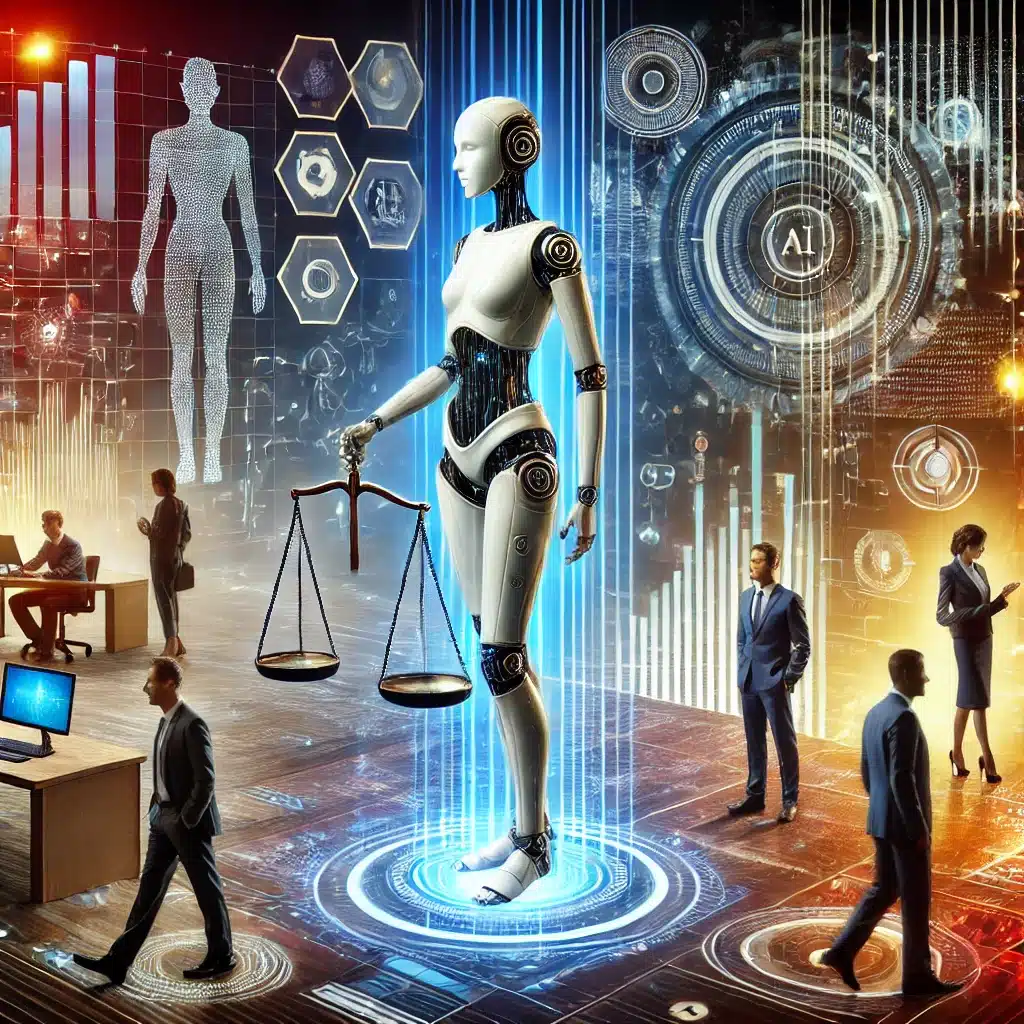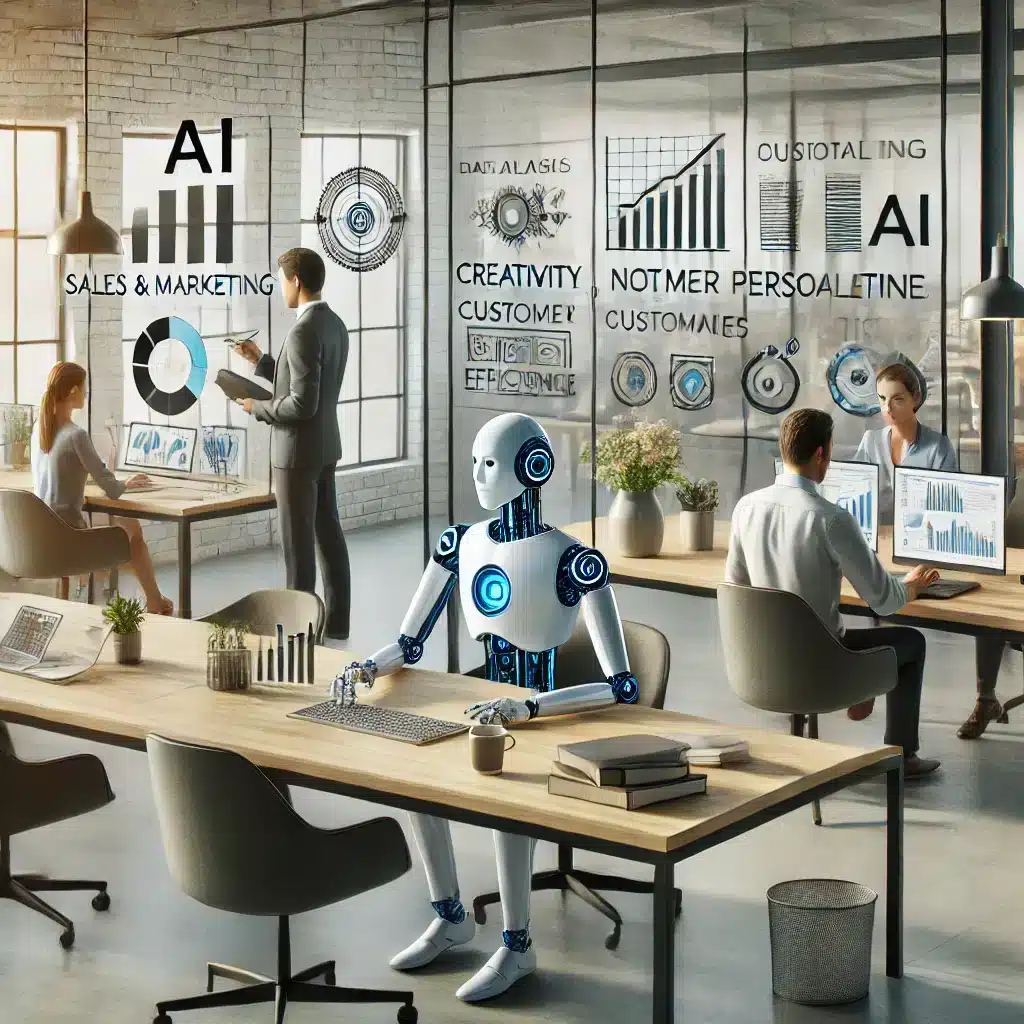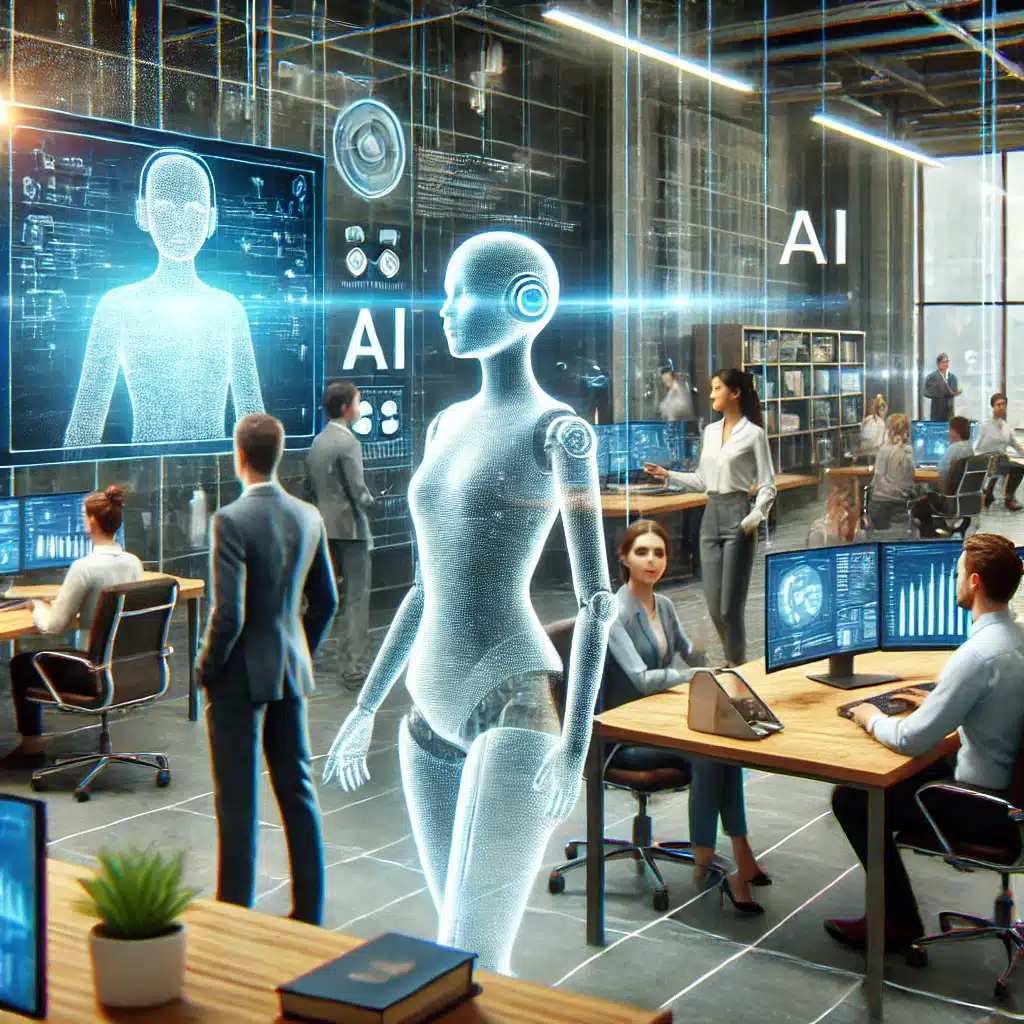The Role of AI in Cultural Heritage
AI is revolutionizing how we approach and preserve cultural heritage. Today, we can restore history by using advanced technologies, enabling us to explore treasures from the past in remarkable ways. Consequently, AI in cultural heritage has become an essential tool in enhancing our understanding of historical artifacts.
Revolutionizing Restoration with Neural Networks
One significant breakthrough in this field is the development of neural network models. Researchers from Japan and China introduced a method that uses old photographs to reconstruct three-dimensional virtual representations of damaged relics. This technology surpasses traditional methods, offering more delicate and intricate recreations without the prohibitive costs.
Moreover, this neural network can precisely enhance depth estimations by using cutting-edge edge-detection strategies. Consequently, the model can manifest accurate digital recreations of historical artworks. For example, it successfully restored relief sections of the Borobudur Temple, a UNESCO World Heritage Site.
The Benefits of AI in Preservation
Thus, AI assists in digitally preserving invaluable cultural artifacts. Conversely, traditional methods may expose original works to further damage. By utilizing technology, preservation becomes non-invasive and cost-effective. Furthermore, such advancements ensure these cultural treasures are accessible for academic purposes and public enjoyment through virtual reality (VR) experiences.
Additionally, AI’s capability to create digital replications opens new dimensions of exploration. These virtual previews enable individuals to immerse themselves in historical experiences that were previously unattainable, thereby bridging the gap between history and technology.
Future Prospects
Ultimately, the integration of AI in cultural heritage values preserves our past while innovating the way we perceive and interact with historical narratives. As technology evolves, we anticipate even finer restorations and more immersive VR experiences. Therefore, the applications of AI in this domain are vast and promising, paving the way for future generations to connect with their cultural roots.
In conclusion, AI’s role in cultural heritage goes beyond mere preservation. It offers us a gateway to explore history in a dynamic and engaging way. With continued innovation, the possibilities seem limitless. The intersection of AI and cultural heritage indeed represents an exciting frontier filled with opportunities.



